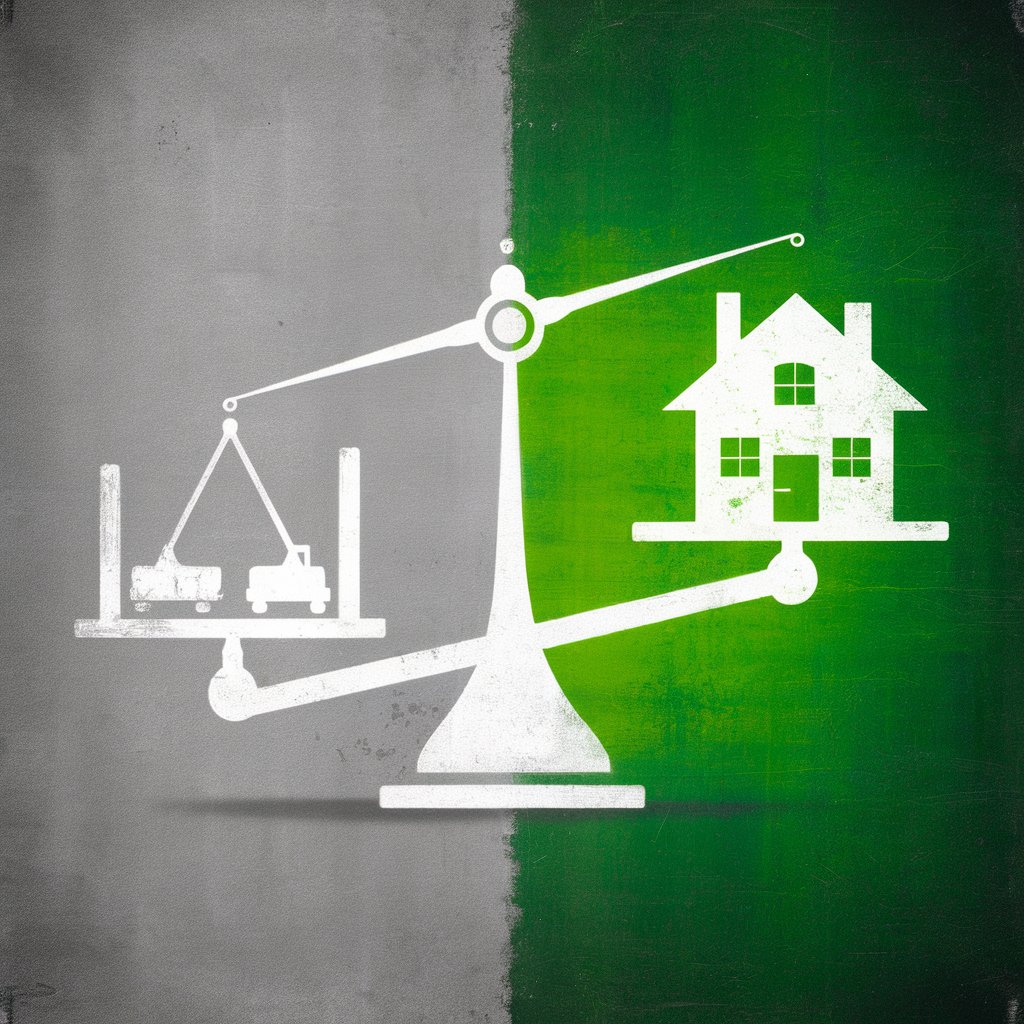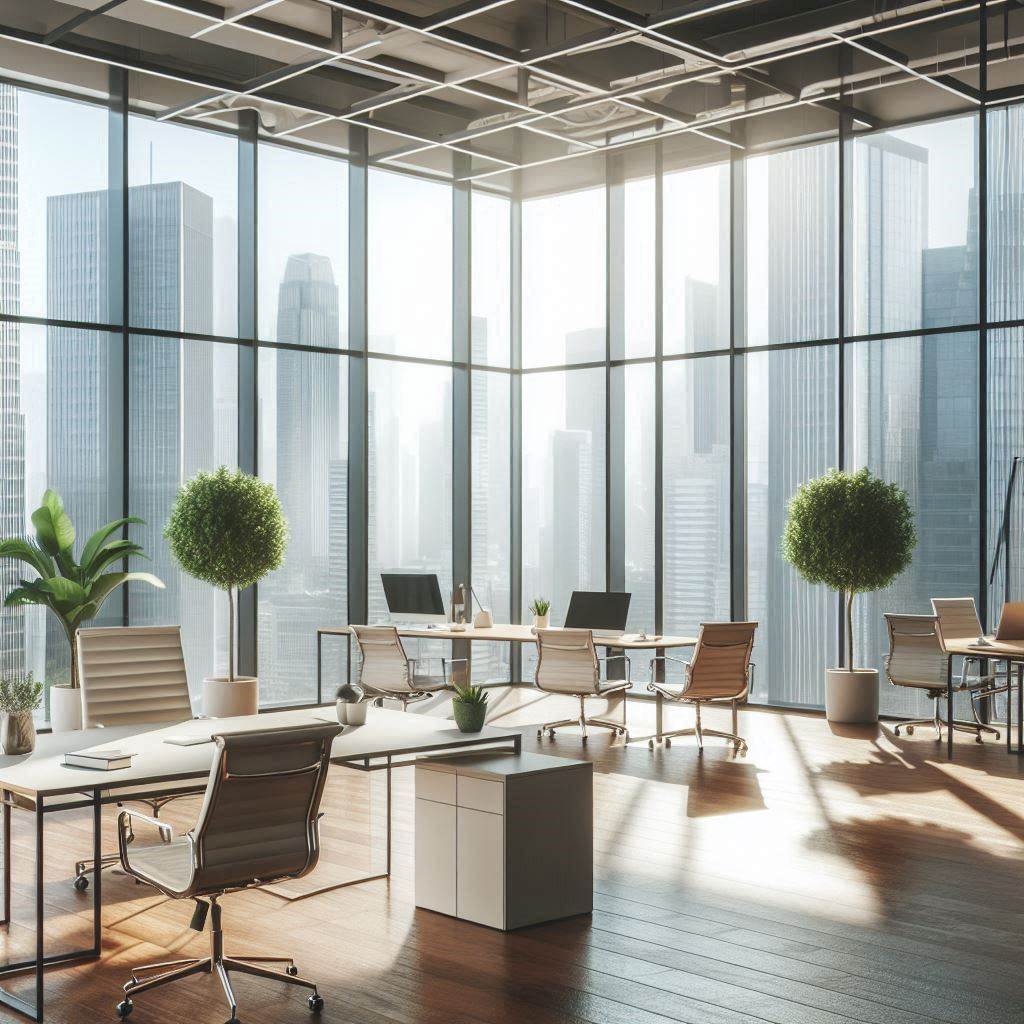The growth of shopping malls across India is expected to slow down in comparison to the booming residential real estate sector, according to experts in the retail and real estate industries. Developers and operators cite several reasons for the slower growth, including subdued consumer sentiment, weakening demand from anchor tenants like multiplexes, and high construction costs.
At the recent MAPIC India 2024 real estate conclave in Mumbai, prominent developers shared their concerns about the future of the mall sector. Sandeep Runwal, chairman of Runwal Realty, which operates the 1.2 million square feet R City Mall in Mumbai, noted that mall development in the city has significantly slowed down, despite strong demand in retail. Runwal pointed out that Mumbai, the financial capital of India, has not seen any new mall announcements in the last five years.
Challenges Facing the Mall Sector
Runwal stressed that the government needs to revise its policies to attract more investment into Mumbai’s retail and commercial real estate. “We are building residential properties, but at some point, that demand will disappear if no new jobs are created,” he said. He also called for a review of the high construction premiums charged by the local authorities for retail and commercial properties, which reportedly account for nearly half of the construction costs in Mumbai.
Nirupa Shankar, Joint Managing Director of Bengaluru-based Brigade Enterprises, echoed these concerns. While acknowledging that malls will continue to grow, Shankar emphasized that the pace of growth would be slower than the residential sector. She pointed out that it typically takes six to seven years for developers to recoup their investment in malls through rental income, making it a less attractive segment compared to residential real estate, which often yields quicker returns.
Entertainment as a Footfall Driver
In a move to boost mall footfalls, property consultancy JLL launched a report at the conclave that highlights the potential of indoor amusement centres. The report estimates that such facilities could generate more than Rs 9,000 crore in revenue by 2030. The report also noted that over 90 malls in India already feature indoor amusement centres, including gaming arcades, trampoline parks, and e-sports arenas, which provide a major entertainment draw for families.
🌟 Discover Landmark Judgements and Orders! 🌟
The JLL report anticipates that indoor entertainment facilities will cover around 11 million square feet of space by 2028, contributing to the 56 million square feet of Grade-A retail space supply expected in the coming years. These entertainment offerings are expected to play a crucial role in sustaining and driving traffic to shopping malls.





